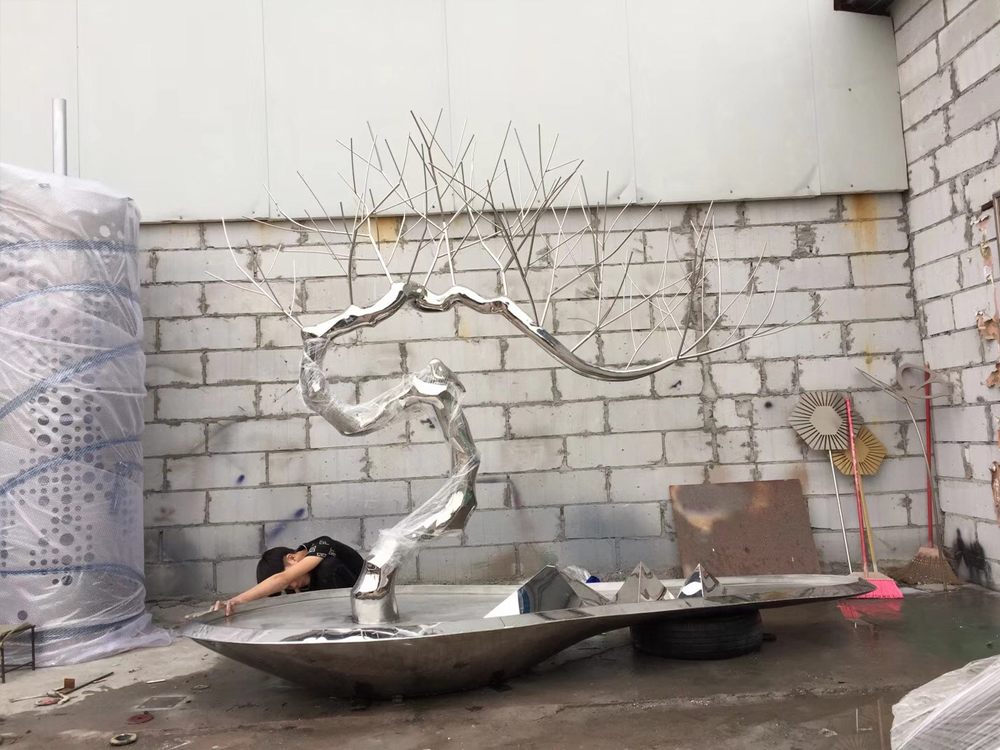
Wood carvers transform flat panels into breathtaking 3D artworks through ingenious techniques that trick the eye. The magic begins with relief carving, where artists skillfully vary cutting depths—deeper cuts for foreground elements, shallower ones for background details.
Undercutting proves essential, creating dramatic shadows by carving at acute angles beneath edges. This makes elements appear to float above the surface. Texture contrast enhances the effect—rough textures advance visually while smooth areas recede.
Strategic lighting plays a crucial role. Carvers often design works to exploit directional light, with steeper cuts producing darker shadows that suggest greater depth. The trompe l'oeil technique takes this further, using precise perspective carving to create optical illusions of space.
Layering achieves remarkable results—carvers create multiple planes by cutting some areas deeper than others. Gradual depth transitions between layers produce natural-looking dimensional effects. Finally, skilled use of negative space defines forms while suggesting continuation beyond the carved surface.
These methods combine to make shallow carvings (often just 1-2 inches deep) appear to contain dramatic landscapes, lifelike portraits, or intricate scenes with astonishing spatial depth. The art lies in manipulating our visual perception through carved light and shadow.

